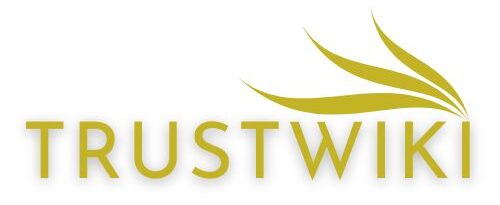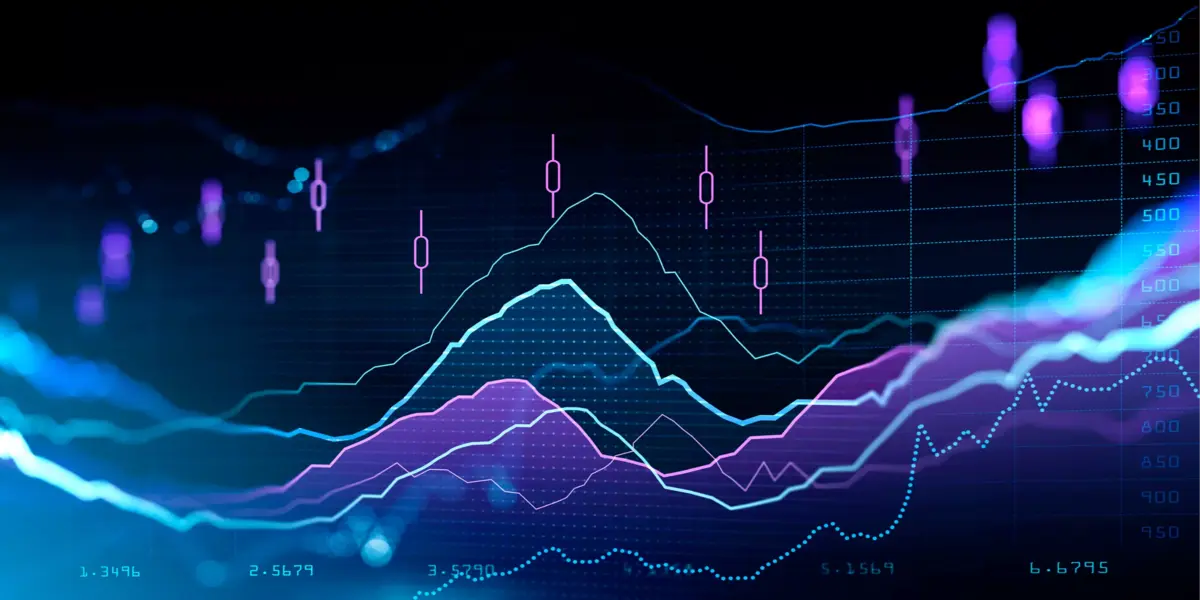In the world of data-driven decision-making, the ability to transform raw data into insightful, easy-to-understand visual representations is paramount. One of the tools that have gained significant attention for helping businesses and individuals create compelling data visualizations is Charteye. This innovative platform empowers users, whether they are seasoned analysts or newcomers, to design and present data in a way that makes complex insights more accessible and actionable. In an era where data is increasingly integral to business strategies, Charteye aims to simplify the process of analyzing and interpreting large datasets, making it easier for users to convey their findings clearly. This article explores the features of Charteye, its impact on various industries, and how it has become an essential tool for data analysis, providing businesses with an edge in understanding and leveraging their data.
What is Charteye?
Charteye is a powerful and intuitive data visualization tool designed to help users create interactive charts, graphs, and reports from raw data. It is ideal for professionals across various industries who need to present data in a way that is clear, concise, and easy to understand. Unlike many other visualization tools that require a deep understanding of programming or advanced data analytics, Charteye is designed to be user-friendly, catering to both technical and non-technical users alike.
The platform provides a variety of pre-built templates and customizable options, allowing users to create everything from basic bar charts to complex, multi-layered visualizations that incorporate different data points. Charteye is particularly useful for turning raw data into visual stories that communicate insights, trends, and correlations in ways that are easily interpretable by stakeholders at all levels. With Charteye, businesses, organizations, and individuals can make informed decisions, backed by visualized data that tells a compelling story.
Key Features of Charteye
Charteye stands out in the crowded field of data visualization tools due to its combination of ease-of-use, customization options, and powerful functionality. One of its key features is its drag-and-drop interface, which allows users to upload datasets from various sources such as spreadsheets, cloud storage, and databases. Once the data is uploaded, users can choose from a wide range of chart types, including bar graphs, line charts, pie charts, scatter plots, and more.
Customization is another strength of Charteye. Users can adjust elements like color schemes, fonts, and labels, ensuring that the visualization aligns with the organization’s branding or presentation style. The platform also supports interactive elements, such as clickable charts that allow users to drill down into the data for more detailed insights. This makes Charteye a powerful tool for creating not just static charts but dynamic, interactive reports that can engage viewers more effectively.
In addition to chart creation, Charteye also provides features for collaboration. Users can easily share their charts and reports with team members, clients, or stakeholders, enabling real-time feedback and fostering better communication around data insights. This collaboration is vital in organizations where quick decision-making based on data is critical to success.
How Charteye is Enhancing Data-Driven Decision-Making
In today’s fast-paced business environment, data-driven decision-making is more important than ever. The ability to quickly analyze and interpret data can provide organizations with a significant competitive advantage. Charteye supports this decision-making process by providing a streamlined platform for visualizing complex datasets in an easy-to-understand format.
By converting raw numbers into visually appealing graphs and charts, Charteye enables decision-makers to identify trends, patterns, and outliers in their data with ease. For instance, a sales manager might use Charteye to visualize monthly sales data across regions and product categories, helping them quickly spot areas that need attention. Similarly, marketers can use the tool to track customer behavior patterns and campaign performance, ensuring that they are making the right adjustments to their strategies in real time.
Charteye’s interactive capabilities also make it easier for users to explore data at a deeper level. By clicking through different parts of a chart or graph, users can gain insights into specific data points that may have otherwise been overlooked in a static report. This interactivity helps users understand not just the surface-level trends but also the underlying data that drives those trends, fostering more informed decision-making.
Industry Applications of Charteye
Charteye is a versatile tool that can be applied across a variety of industries, helping professionals in different fields harness the power of data visualization to drive better outcomes.
In the finance industry, Charteye can be used to track and visualize stock market performance, portfolio growth, and financial forecasts. Analysts can quickly generate reports that highlight the performance of specific assets, sectors, or even entire portfolios, allowing investors to make data-backed decisions.
In marketing, Charteye allows teams to visualize campaign performance, customer demographics, and engagement metrics. Marketing managers can track metrics such as website traffic, conversion rates, and social media engagement, all while gaining a clearer understanding of how different marketing efforts are contributing to their overall goals.
For healthcare professionals, Charteye can be used to track patient data, monitor treatment progress, and visualize trends in healthcare outcomes. Whether it’s for research purposes or improving patient care, Charteye allows healthcare providers to gain a more in-depth understanding of patient populations, making it easier to identify areas for improvement or research.
In education, Charteye serves as an excellent tool for teaching and presenting data-driven insights. Educators and researchers can use the platform to present complex data in a way that is engaging and easy for students to understand, improving the learning experience.
More Read: Essential VRBO Host Requirements
Charteye in the Context of Business Intelligence
Charteye is also highly effective in the realm of business intelligence (BI), where the ability to analyze and report on large amounts of data is critical to strategic decision-making. By turning complex data sets into clear, actionable visualizations, Charteye enables businesses to keep track of their key performance indicators (KPIs), monitor operational efficiency, and identify areas for improvement.
For example, a supply chain manager might use Charteye to visualize inventory levels, order statuses, and shipping performance across multiple regions. This visualization enables the manager to quickly assess whether there are any disruptions in the supply chain and take corrective action before issues escalate.
Additionally, Charteye’s integration with other BI tools, like Microsoft Excel, Google Sheets, and Tableau, makes it an invaluable tool for organizations already using these platforms. This seamless integration allows for faster data imports and more cohesive reporting across various departments, ensuring that business leaders have all the information they need to make the right decisions.
The Future of Charteye: What to Expect
As the demand for data-driven insights continues to grow, Charteye’s role in the data visualization landscape is likely to expand. In the coming years, we can expect Charteye to incorporate even more advanced features, such as artificial intelligence (AI) and machine learning (ML), which could automate parts of the data analysis process and provide more sophisticated insights.
For example, AI could be used to automatically suggest the most appropriate type of chart based on the data provided, ensuring that users create the most effective visualizations without needing to manually decide on the best format. Additionally, machine learning could be used to analyze historical data and predict future trends, providing businesses with even more valuable insights to guide their strategies.
Furthermore, as businesses become more global and interconnected, Charteye’s real-time collaboration and cloud-based features will continue to be important. The platform’s ability to enable teams to work together remotely and share insights in real time will be crucial in a post-pandemic world where remote work is becoming more prevalent.
Conclusion
Charteye is a versatile and user-friendly data visualization tool that has the potential to transform how individuals and businesses interact with data. Whether it’s providing a simple chart for a small business or generating complex visual reports for a large enterprise, Charteye makes data accessible to users with all levels of expertise. With its powerful features, including real-time collaboration, interactivity, and seamless integration with other software, Charteye is set to become an essential tool for businesses looking to leverage data for better decision-making. The future of Charteye looks bright, with the platform expected to continue evolving and offering even more advanced features that enhance its usability and usefulness across various industries. In a world where data is key to business success, Charteye provides the tools necessary to unlock the full potential of data and turn insights into action.
FAQs:
What is Charteye?
Charteye is a data visualization platform that helps users create interactive and customizable charts, graphs, and reports from complex datasets.
How does Charteye help businesses?
Charteye simplifies data analysis and presentation, making it easier for businesses to visualize and understand their data, leading to better decision-making.
Is Charteye suitable for non-technical users?
Yes, Charteye is designed to be user-friendly and accessible to both technical and non-technical users, requiring no coding or advanced technical knowledge.
Can Charteye integrate with other software?
Yes, Charteye integrates with several tools, including Microsoft Excel, Google Sheets, and Tableau, making it versatile for businesses that rely on multiple software platforms.
What industries benefit from Charteye?
Charteye is useful in industries like finance, healthcare, education, marketing, and business intelligence, providing data visualization capabilities across various sectors.
Visit for more, Truswiki











